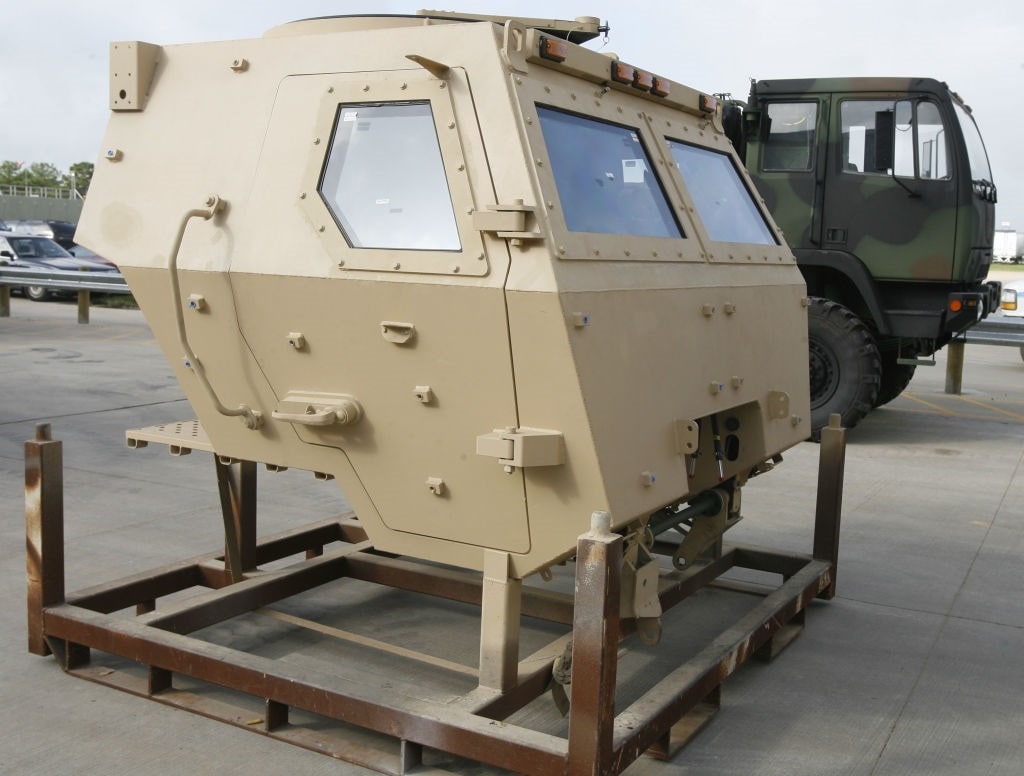The US’s capability to surge the design, development, and production of critical weapons and equipment is more wishful thinking than real. In a protracted conflict with China or Russia, the US would rapidly deplete its war readiness inventory. Mobilizing the defense industrial base would be more than just a little challenging. Promoted as the first National Defense Industrial Strategy (NDIS), the US Department of Defense released in January a roadmap for how the Pentagon establishes national defense policy to ensure America’s Defense Industrial Base (DIB) meets future warfighting needs. Unfortunately, the document falls far short of being a strategy.
Latest Defense Industrial Base Strategy Isn’t a Strategy
 At best, it’s a list of concerns with little in the way of actionable goals. There are aspirational things to do, but much of the content is buzzwords like “industrial ecosystem,” “upskilling,” and “reskilling.” Up front, the NDIS states that the narrative supports the National Defense Strategy (NDS), a publication with no shortage of issues of its own. The document’s foreword explains that the publication “offers a strategic vision to coordinate and prioritize actions to build a modern defense industrial ecosystem that is fully aligned with the NDS.”
At best, it’s a list of concerns with little in the way of actionable goals. There are aspirational things to do, but much of the content is buzzwords like “industrial ecosystem,” “upskilling,” and “reskilling.” Up front, the NDIS states that the narrative supports the National Defense Strategy (NDS), a publication with no shortage of issues of its own. The document’s foreword explains that the publication “offers a strategic vision to coordinate and prioritize actions to build a modern defense industrial ecosystem that is fully aligned with the NDS.”
This statement is a clue that the NDIS will not be any more insightful or valuable than the National Defense Strategy. Before going further, let’s establish what a real “strategy” looks like and what was demonstrably successful. In World War II, the Allied Powers adopted a simple strategic statement, “Europe first.” From that simple two-word phrase, all the tactics, battles, and the prioritization of logistics flowed. The strategy was concise and actionable. There is nothing approaching that in the NDIS.
Perhaps most revealing of the actual enduring significance of the NDIS was the answer to a question asked by Reuters’ Pentagon correspondent Mike Stone at a briefing to unveil the “first ever National Defense Industrial Strategy.” Stone asked, “Can you help the taxpayer understand what language and what incentives you’ve put forth in order to get what action from industry specifically?” The assistant secretary of defense for industrial base policy, one of the briefers, explained: “You know, as I noted in the beginning, the NDIS is meant to really outline the strategic vision.” So, it’s not a strategy. It’s not a vision of a strategy. It’s an outline of a vision of a strategy.
A plan with achievable near-term milestones is needed to address the reality of a large-scale buildup of capability in all of China’s military sectors. America cannot wait until embroiled in a conflict to start increasing industrial capacity to meet warfighter needs. However, the NDIS lists areas – or “priorities,” as the document describes them – where the US aerospace and defense industry needs attention. Those areas are Resilient Supply Chains, Workforce Readiness, Flexible Acquisition, and Economic Deterrence.
Regarding the priority Resilient Supply Chains, addressing supply chain problems is an immediate need. The most current example is the US Navy’s increase in weapons funding with no corresponding increase in manufacturing output. “But output on production lines remains hampered by supply chain challenges, leaving the Navy with too few of the longest-range and most lethal weapons it would want in a fight,” Megan Eckstein reported for Defense News. “But until key suppliers can deliver critical components faster, including rocket motors and electronics, the overall munitions production rate can’t increase.” This problem is not going to be fixed with the adoption of an outline of a vision of a strategy.
 All of the priorities make assumptions that are questionable, if not inaccurate. For example, again, under the heading of “Resilient Supply Chains,” there is a recommended action that defense contractors invest in “spare production capacity,” referring to “excess capacity a company or organization maintains beyond its current production needs.” The document talks about tax incentives for industry “aimed specifically at building and maintaining spare production capacity.” Yet, there is no explanation as to how this will be achieved.
All of the priorities make assumptions that are questionable, if not inaccurate. For example, again, under the heading of “Resilient Supply Chains,” there is a recommended action that defense contractors invest in “spare production capacity,” referring to “excess capacity a company or organization maintains beyond its current production needs.” The document talks about tax incentives for industry “aimed specifically at building and maintaining spare production capacity.” Yet, there is no explanation as to how this will be achieved.
Two assumptions in this recommendation are questionable. The first is that Congress will authorize and appropriate funds for warehousing capacity or maintaining production tooling, parts, and subassemblies and subsidizing a skilled workforce not currently employed. The NDIS does recognize that there would be a financial burden “to the taxpayer and the economy itself” but doesn’t provide concrete, practical solutions to alleviate the burden. The NDIS authors suggest that “Congress can explore allocating additional funding for contracts and other incentives.” Historically, Congress has been very reluctant to appropriate funds for warehousing capacity needed in the future.
The second assumption is that the Defense Department will establish necessary acquisition strategies for satisfying immediate warfighter requirements plus excess capacity. This also assumes the Defense Department can identify how much capacity is needed and how to evaluate excess capacity over time to establish a competition baseline. If price is a competitive factor, how are bids evaluated? That’s placing a lot of responsibility on a Defense Department that is least likely to be up to the task.
Congressional Research Service Critical of the NDIS
In an analysis of the NDIS, the Congressional Research Service (CRS) explained: “The NDIS contains a number of recommendations whose concurrent implementation may create policy conflicts or contradictions. For example, the NDIS states that it both seeks to ‘mitigate cybersecurity costs of entry to work in the defense industrial ecosystem’ and ‘enhance industrial cybersecurity.'” Additionally, if an objective of the NDIS is to create more comprehensive and binding cybersecurity requirements, the “non-traditional” contractors the NDIS says it wants to attract into the DIB could be excluded.
The non-strategy omits details on how the recommended actions can be accomplished. Typical of where the NDIS fails, the document talks about “Flexible Acquisition” priority by working with Congress to “modify contract authorities” and “set up the legal and regulatory conditions” that will lead to defense industries scaling to meet future wartime needs. “Neither of these two recommendations specifies which authorities or legal/regulatory conditions DOD [Department of Defense] is seeking to change or establish,” the CRS reported. Throughout the document, the NDIS is just so many words, like past reports from the same office.
If the US defense industrial base is going to rise to meet the challenges of China’s focused and full-speed buildup of its military capability, then the American aerospace and defense industry would benefit from more than what the NDIS offers. Defense department leadership and a practicable, actionable plan to surge current capability in the near term are needed. There will be little comfort knowing the Defense Department had a defense industry vision of a strategy as the warfighters run out of ammunition.
The views expressed are those of the author and not of any other affiliation.




